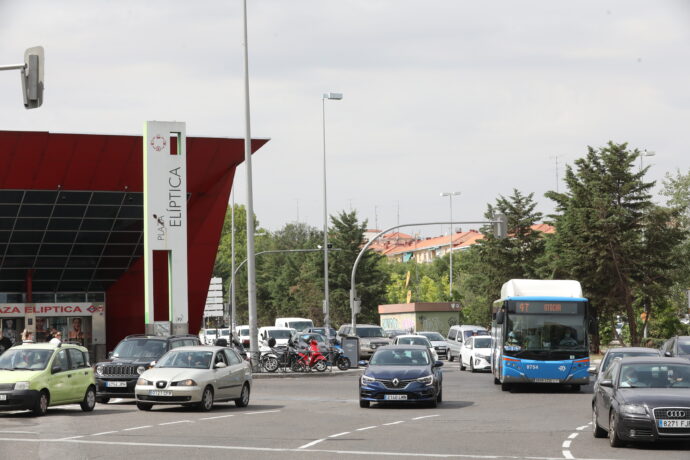
Madrid’s Low Emission Zone (LEZ) has officially expanded to cover the entire city as of January 2025, marking a significant milestone in the city’s efforts to combat air pollution.
This journey began in 2018 with the introduction of Madrid Central, the city’s first LEZ. Despite legal setbacks in 2020, the initiative laid the foundation for the comprehensive Madrid 360 Strategy, launched in 2019. Today, Madrid stands as a leading example of how urban policies can align public health priorities with environmental goals.
A Sustainable Growth Plan
As the second most populated functional urban area in the EU, Madrid has faced persistent challenges with air pollution, particularly nitrogen dioxide (NO₂) levels that often breached EU standards. The city’s unique topography, surrounded by mountains and lacking strong winds, creates a “pollution trap” where emissions linger.
To address these challenges, the Madrid 360 Strategy focuses on sustainable urban mobility, electrification, and promoting modal shifts. According to Lola Ortiz, General Director of Planning and Mobility Infrastructure for Madrid:
“Urban mobility is a main pillar with electrification and modal shift as key actions. The LEZ is fundamental to achieving these goals.”
Gradual Rollout for Maximum Impact
Madrid adopted a phased approach to LEZ implementation, giving residents and businesses time to adapt. The initial Madrid Central LEZ, launched in 2018, focused on the central district, reducing pollution by 20% within its first year.
In 2021, the Sustainable Mobility Ordinance expanded the LEZ to all 21 city districts. Gradual restrictions on polluting vehicles, starting with the M30 ring road, culminated in the city-wide ban on the most polluting vehicles in 2025.
To complement the LEZ, Madrid invested in eco-friendly public transport, aiming for 25% of the city’s bus fleet to be electric by the end of 2025. Eco-friendly and zero-emission taxis are also required, further reducing emissions.
Special Protection Zones for Cleaner Air
In addition to the general LEZ, Madrid implemented Special Protection LEZs (SPLEZs) in particularly polluted areas, such as the Central District and Plaza Elíptica.
Plaza Elíptica, historically known for its poor air quality, has seen significant improvements since becoming a SPLEZ. Ortiz highlighted:
“The SPLEZ transformed one of the most toxic areas of the city into a cleaner, healthier space.”
By 2023, air quality monitoring showed nitrogen dioxide levels in these areas had fallen below EU limits, even as tourism and economic activity increased post-pandemic.
Lessons for Other Cities
Madrid’s experience offers valuable insights for cities seeking to implement their own LEZs:
- Gradual Implementation: Phased rollouts help residents and businesses adjust to changes, reducing public backlash.
- Clear Communication: Clear rules, signage, and consistent messaging are essential to avoid confusion and resistance.
- Support for Residents: Accessible grants for vehicle upgrades ensure equity and encourage participation.
- Data-Driven Decisions: Demonstrating success with tangible improvements in air quality builds public trust and support.
A Cleaner, Healthier Future
Madrid’s efforts have paid off. In 2024, the city reported its best air quality data since records began, complying with the European Air Quality Directive for the third consecutive year. The data-driven Madrid 360 Strategy demonstrates that prioritizing environmental sustainability benefits both residents and the city’s long-term growth.
Madrid’s LEZ is not just a policy—it’s a roadmap for urban sustainability that cities across the world can emulate.
More Information
